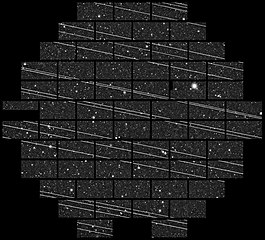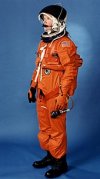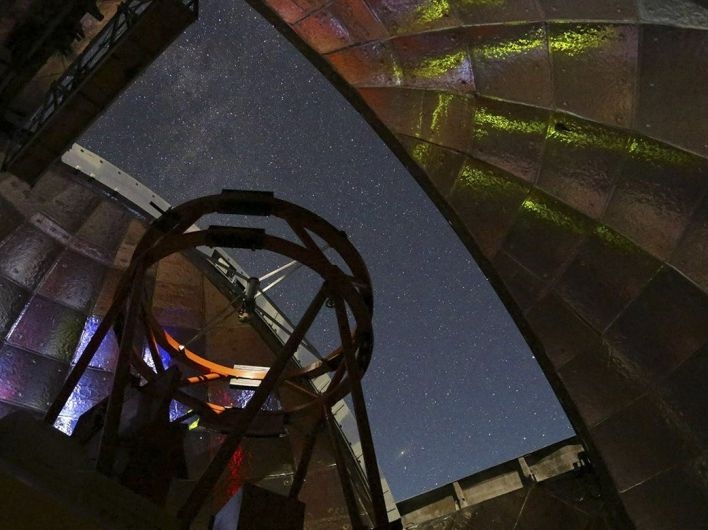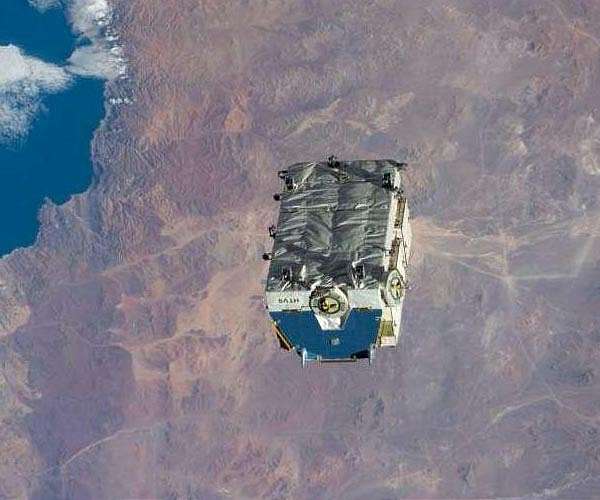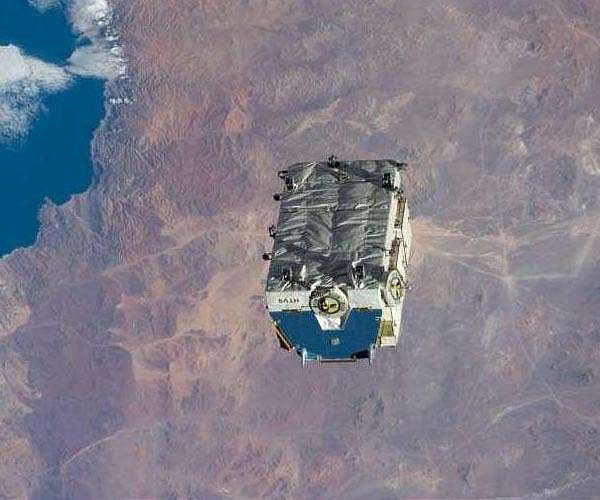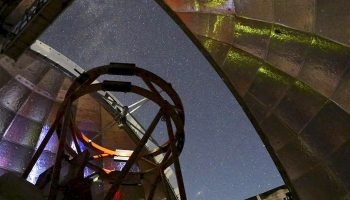The heads of the Chinese and Russian space agencies signed an agreement on Tuesday to work together to build a "scientific" station on the Moon.
Under terms of a memorandum of understanding, the two countries will cooperate on creation of an "International Lunar Science Station" and plan to invite other countries to participate. The agreement was signed by Zhang Kejian, director of the China National Space Administration, and Dmitry Rogozin, the chief of Russia's space corporation, Roscosmos. The agreement was
announced by Roscosmos.
Details about the project were fairly sparse, specifying only that the countries would work together to create research facilities on the surface and/or in orbit around the Moon. The goal was both to establish long-term, uncrewed facilities on the Moon and build up the capabilities for a human presence there.
China has previously disclosed its ambitions to build an international lunar station at the South Pole of the Moon, beginning with robotic missions and followed by short-term human missions in the early 2030s. The country plans to establish a long-term human presence at the South Pole—which is believed to contain vast reserves of water ice—during the period of 2036 to 2045. These plans were initially discussed at a meeting of the Subcommittee of the Committee on the Peaceful Uses of Outer Space last year and were
reported by Space News.
Previously, the European Space Agency has also expressed interest in partnering with China on future missions to the Moon.

